The 1970s were a time of free-spirited living, innovation, and experimentation. But looking back, some of the things we embraced back then were outright dangerous—or at least risky—by today’s standards. From questionable safety practices to bizarre health fads, these trends remind us how much times have changed. While we thought they were perfectly normal back then, they’d raise eyebrows today. Let’s take a nostalgic—and slightly cringeworthy—look at 14 dangerous trends from the ’70s that we didn’t think twice about at the time.
1. No Seat Belts in Cars
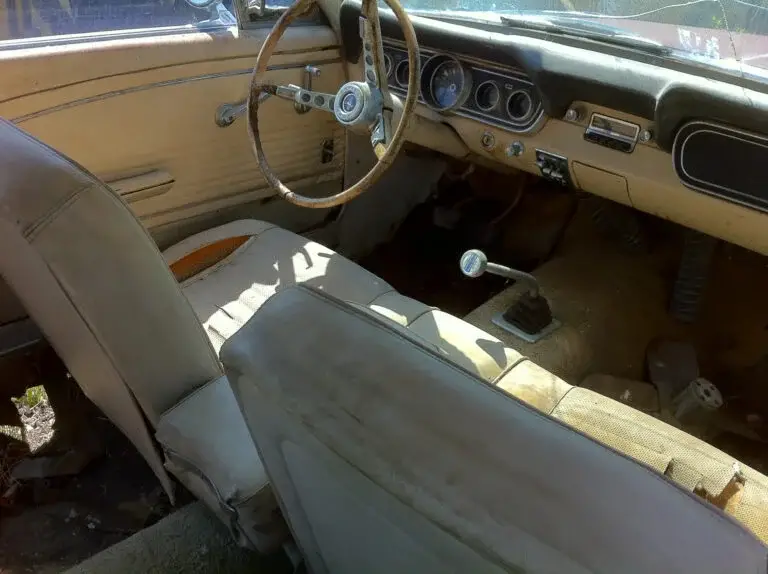
In the 1970s, wearing a seat belt wasn’t just uncommon—it was practically unheard of. Cars didn’t even come standard with seat belts in the back seat, and if they were there, they were often ignored. Kids bounced around the car freely, lying in the back window or sprawling across the seats during long road trips. Parents would hold babies in their laps instead of strapping them into car seats, which were still a newfangled concept. For many families, the idea of buckling up seemed unnecessary or even a little annoying.
It wasn’t until the late ’70s that campaigns like “Buckle Up for Safety” began to shift attitudes. Studies showing the effectiveness of seat belts in saving lives eventually led to mandatory seat belt laws in the 1980s. Looking back now, it’s shocking to think how cavalier we were about car safety. Today, we wouldn’t dream of driving without buckling up, but back then, it was just part of the norm.
2. Smoking Everywhere, All the Time
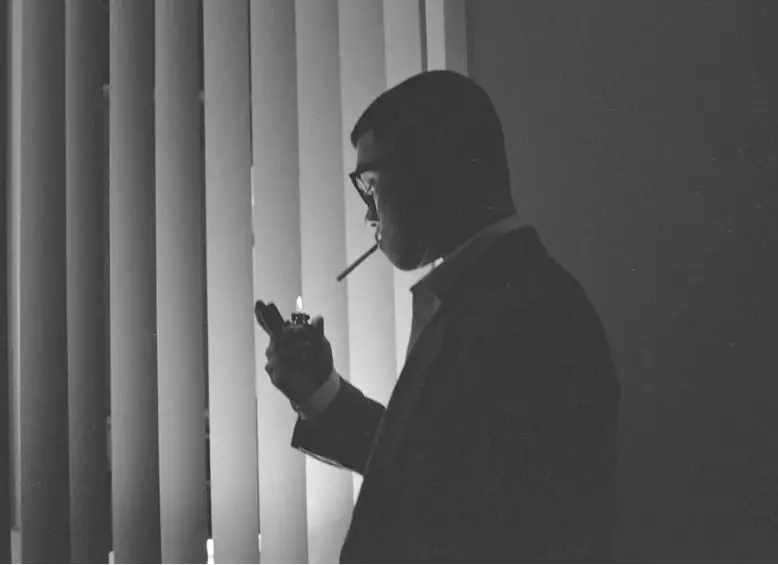
Smoking was so ingrained in ’70s culture that it seemed perfectly normal to light up just about anywhere. Airplanes had smoking sections (which didn’t really keep the smoke contained), and restaurants were filled with clouds of tobacco. Offices, classrooms, and even hospitals allowed smoking, with ashtrays placed strategically throughout. Advertisements glorified smoking, portraying it as glamorous, sophisticated, or a way to unwind after a long day.
It wasn’t until the health risks became undeniable that public attitudes began to shift. The Surgeon General’s warnings started appearing on cigarette packs in the 1960s, but it took decades for society to take the dangers of secondhand smoke seriously. Today, the idea of someone lighting up in a hospital or airplane is unimaginable, but in the ’70s, it was just another part of daily life.
3. Lead Paint and Toys

The bright colors of ’70s homes and toys came at a price: lead paint. Many household items, from walls to cribs, were coated in paint that contained lead—a toxic substance that we now know can cause serious health problems, especially in children. Chewing on painted surfaces or inhaling lead dust from peeling paint could lead to developmental issues, but back then, it was just seen as harmless wear and tear.
It wasn’t until the late ’70s that the U.S. banned lead paint for residential use, but by then, countless homes and toys were already contaminated. The dangers weren’t fully understood by most parents, who simply wanted colorful, cheerful products for their kids. Looking back, it’s chilling to think how widespread the exposure was, and it’s a relief that stricter regulations now keep our homes and children safer.
4. Lawn Darts
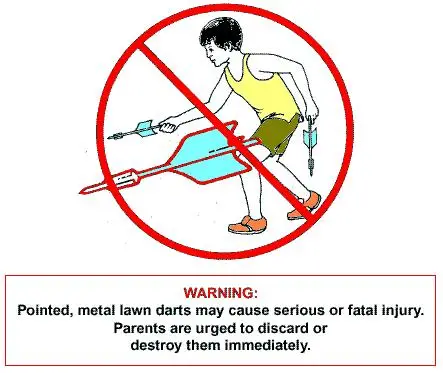
If you grew up in the ’70s, chances are you played with lawn darts—also known as “jarts.” These oversized darts, with heavy metal tips, were meant to be tossed into plastic rings on the ground. But more often than not, they ended up becoming projectiles that caused serious injuries. The game seemed like innocent backyard fun, but one poorly aimed throw could result in a trip to the hospital—or worse.
It wasn’t until the late 1980s that lawn darts were banned in the U.S. after numerous reports of severe injuries and even fatalities. As kids, we didn’t think twice about the dangers, eagerly dodging darts and laughing at near-misses. Today, parents would shudder at the thought of such a hazardous toy, but back then, it was just another staple of summer afternoons.
5. No Helmets for Biking or Skating
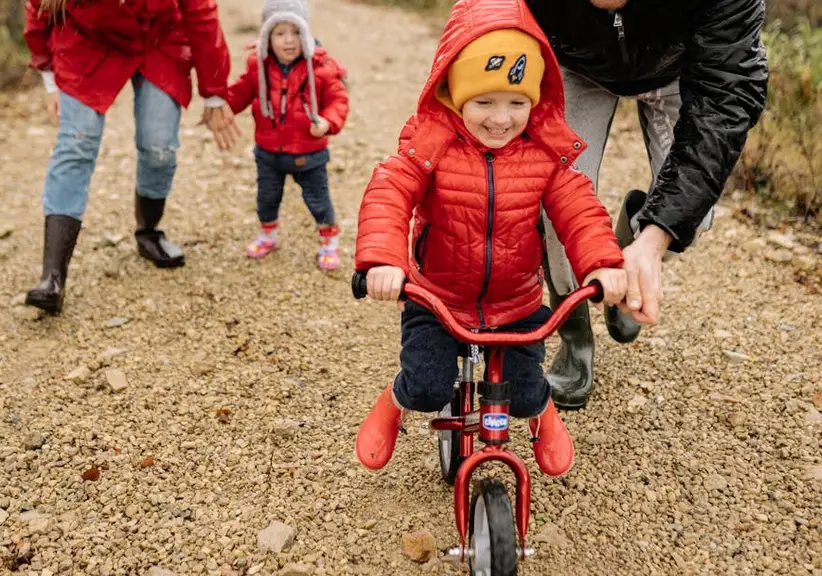
Riding bikes or roller skating down the street without a helmet was practically a rite of passage in the ’70s. Protective gear like helmets and knee pads was seen as optional at best and overly cautious at worst. Kids zipped down hills at breakneck speeds, often on bikes without brakes or skates with wobbly wheels. Scrapes and bruises were common, and a trip to the ER was just part of growing up.
It wasn’t until the ’80s and ’90s that helmet laws and safety campaigns became widespread, emphasizing the importance of protecting young noggins. Looking back, it’s amazing more kids didn’t sustain serious injuries during those daredevil adventures. Today, we wouldn’t dream of sending kids out without a helmet, but back then, it was all about freedom and fun.
6. Tanning Without Sunscreen

In the 1970s, a golden tan was the ultimate sign of health and beauty. People slathered on baby oil or tanning accelerators, baking in the sun for hours to achieve that perfect glow. Sunscreen, if used at all, was often too weak to provide adequate protection. The dangers of UV rays and the risk of skin cancer weren’t widely discussed, so sunburns were just seen as part of the process.
Today, we know better, with SPF protection being a staple of any beach bag. But back then, tanning was a serious commitment, often involving homemade concoctions or even reflective sunbathing blankets to maximize the rays. While we may laugh at the lengths we went to for a tan, the long-term consequences are no joke.
7. Asbestos Everywhere
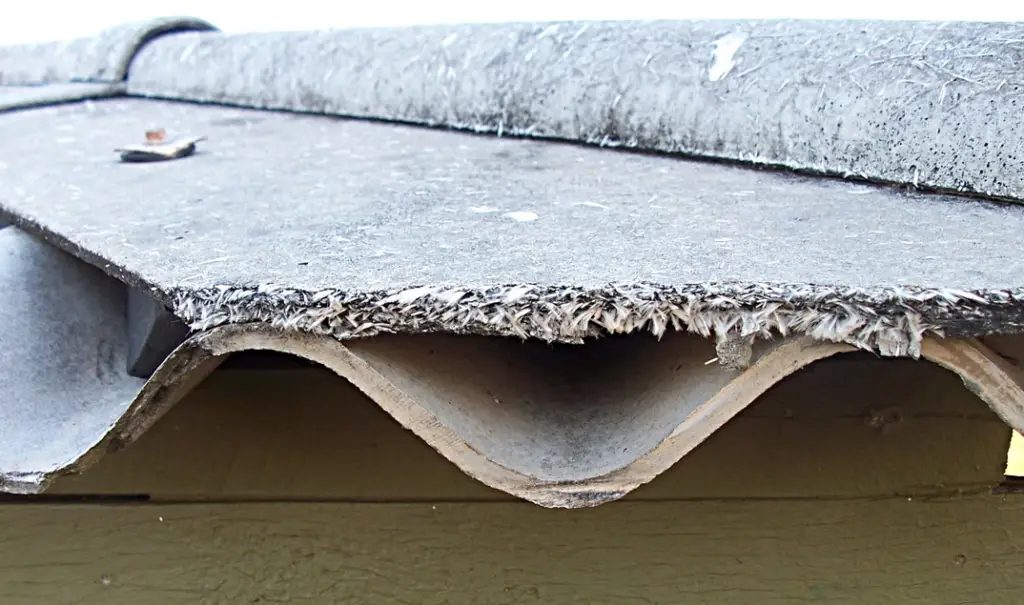
Asbestos was the go-to material for insulation and fireproofing in the 1970s. It was used in homes, schools, and workplaces, often hidden in walls, ceilings, and flooring. While its durability and heat resistance made it popular, its microscopic fibers posed serious health risks when inhaled, leading to diseases like mesothelioma and asbestosis.
At the time, few people were aware of the dangers, and asbestos was seen as a marvel of modern engineering. It wasn’t until the late ’70s that the risks became widely known, prompting bans and large-scale removal efforts. Today, the mere mention of asbestos sends alarm bells ringing, but back then, it was just another material in everyday life.
8. Drinking and Driving
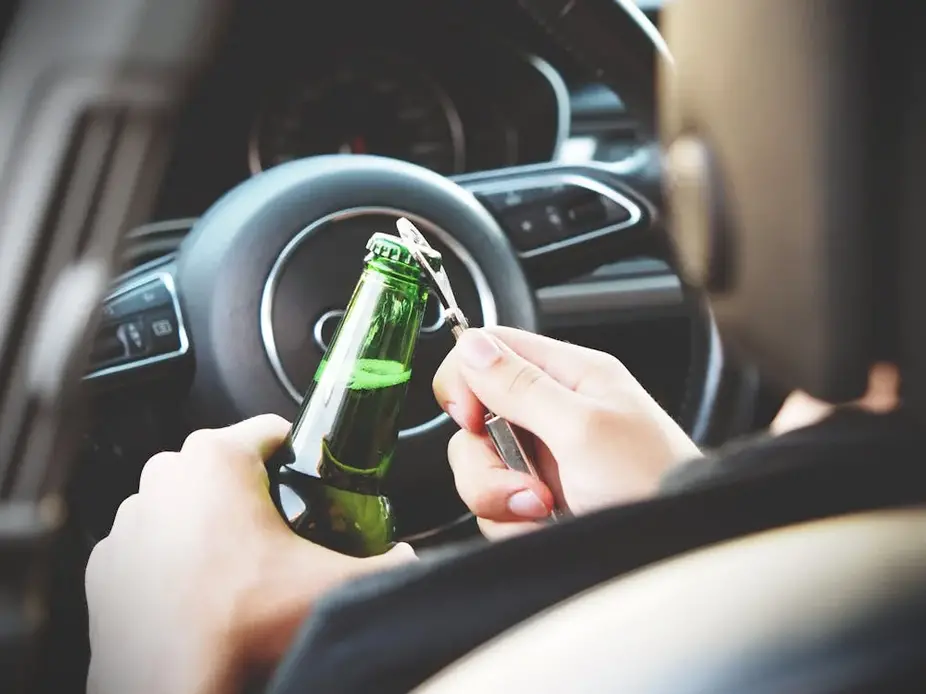
In the ’70s, the concept of designated drivers was practically nonexistent. It wasn’t uncommon for people to have a few drinks at a party, hop in their car, and head home without a second thought. Driving under the influence was seen as reckless but not necessarily taboo, and DUI laws weren’t strictly enforced in many places.
The rise of organizations like Mothers Against Drunk Driving (MADD) in the 1980s helped change public attitudes and laws. This made drunk driving a serious offense. Looking back, it’s shocking how normalized it was to drink and drive, but at the time, it was just another risky behavior that seemed perfectly normal.
9. Secondhand Smoke Exposure
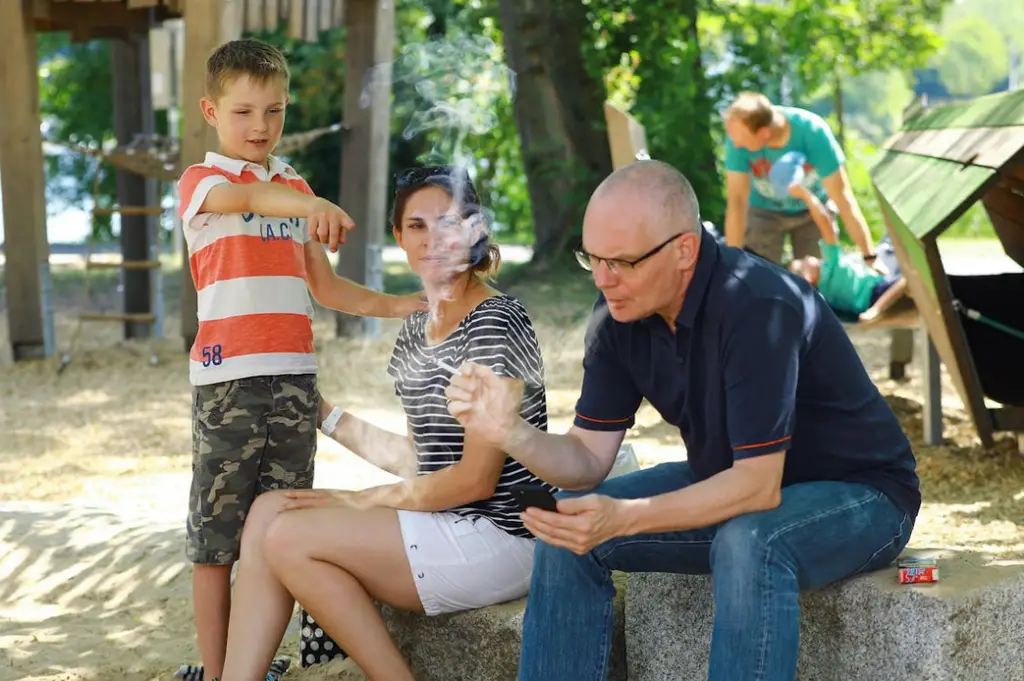
In the 1970s, secondhand smoke wasn’t a concern—it was just part of life. Smokers lit up everywhere, from living rooms to restaurants, and the smoke drifted freely into the lungs of nonsmokers, including children. Parents smoked in cars with the windows rolled up, and ashtrays were as common as coasters in every household. The idea that this could harm others simply wasn’t on most people’s radar.
It wasn’t until research in the late ’70s and early ’80s showed the dangers of secondhand smoke that attitudes began to change. Today, smoking is banned in most public places, and the idea of subjecting others to smoke, especially kids, is unthinkable. Looking back, it’s astonishing how little thought was given to the impact on others, but at the time, it was simply a part of daily life.
10. Kids Riding in the Back of Pickups
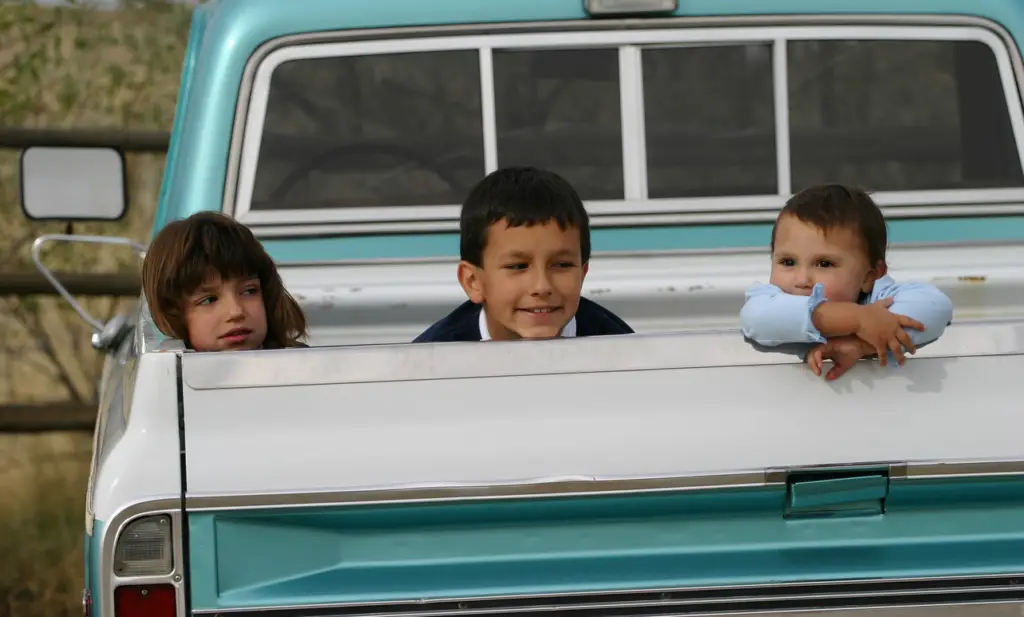
In the ’70s, kids piled into the back of pickup trucks for a ride to the beach, a friend’s house, or even just down the highway. There were no seat belts, no safety rails—just the wind in your hair and the thrill of hanging on tight as the truck hit bumps or rounded corners. It was seen as fun and convenient, and parents rarely thought twice about the potential dangers.
Today, this practice is heavily regulated or outright banned in many places. The risks of injury are far too great, but back then, it was just another part of growing up. Many who experienced it look back fondly on the sense of freedom, but it’s hard not to cringe at the lack of safety measures we took for granted.
11. Home Chemistry Sets

Chemistry sets in the ’70s weren’t just toys—they were small labs, complete with real chemicals that kids could mix and experiment with. These sets often included substances that could stain, irritate skin, or even cause small explosions if combined incorrectly. The lack of clear safety instructions and protective gear made them an exciting but risky pastime for curious kids.
While they fueled a love of science, it’s no surprise that stricter safety regulations in later years removed many hazardous materials from these kits. Today’s chemistry sets are far safer, but they lack the unpredictable edge of the ones from decades ago. Looking back, it’s amazing how many of us avoided major mishaps during those wild experiments.
12. Roller Rinks with No Safety Standards
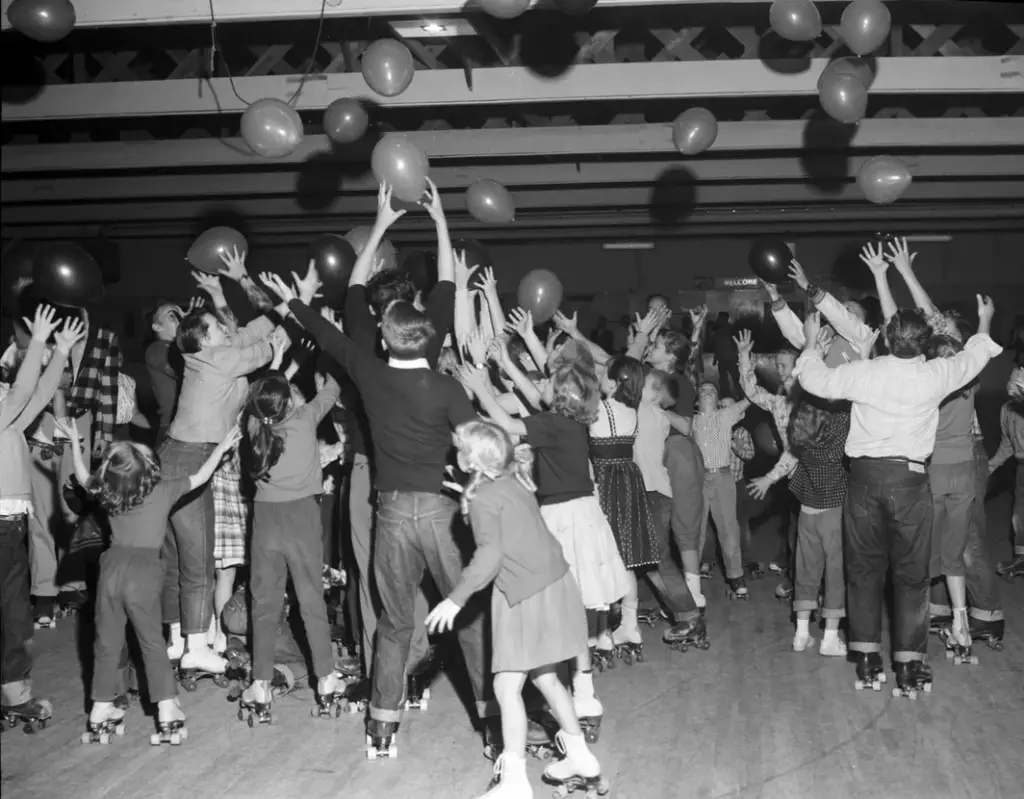
Roller rinks were all the rage in the 1970s, but they weren’t exactly paragons of safety. The hard floors, high speeds, and lack of protective gear made them prime spots for spills, crashes, and twisted ankles. Helmets and knee pads were rarely used, and beginners were often left to figure things out on their own—sometimes with disastrous results.
Despite the risks, roller rinks were hubs of social activity, and no one thought twice about the occasional injury. Today, safety regulations and better equipment have made skating far less perilous, but they’ve also taken some of the wild, carefree energy out of the experience. For those who lived it, the rink was a mix of freedom and danger, and the scrapes and bruises were just part of the fun.
13. Electric Blanket Hazards
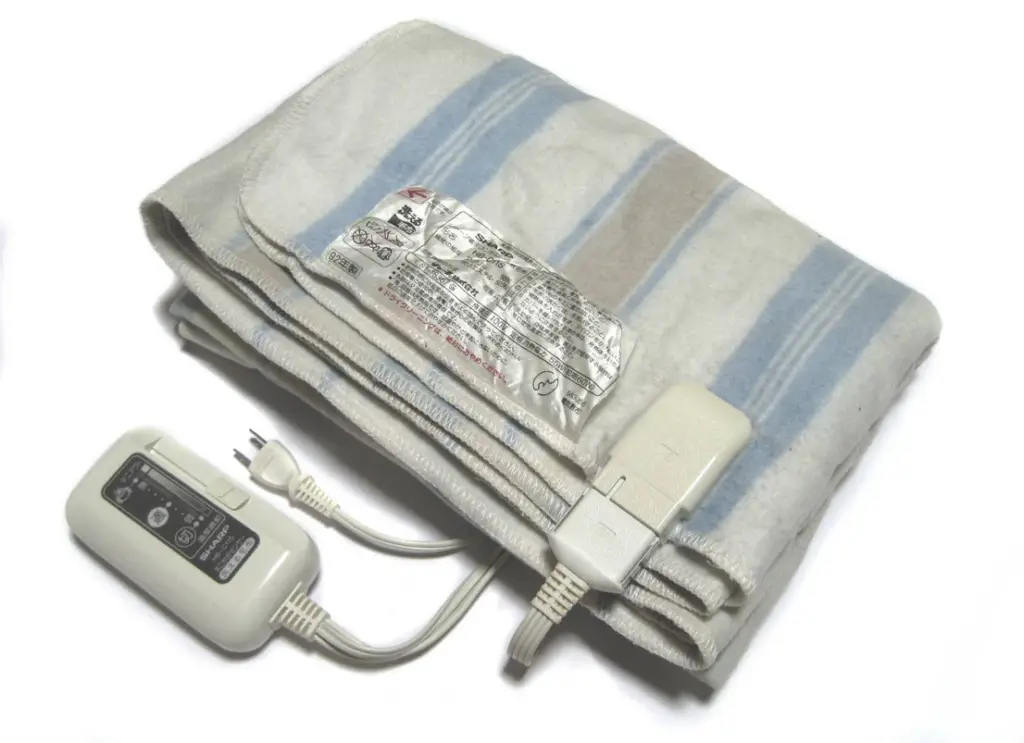
Electric blankets were a cozy staple in ’70s households, offering warmth during cold nights. But these early models came with significant risks, including overheating, electrical malfunctions, and even fires. Some blankets lacked automatic shutoff features, and frayed cords or improper use could lead to dangerous situations.
Despite the risks, electric blankets were beloved, and families relied on them without a second thought. Modern designs have significantly improved safety, but the idea of sleeping with an early ’70s model today feels like playing with fire—literally. It’s a reminder of how far technology has come in making everyday comforts safer.
14. DIY Car Repairs Without Safety Gear
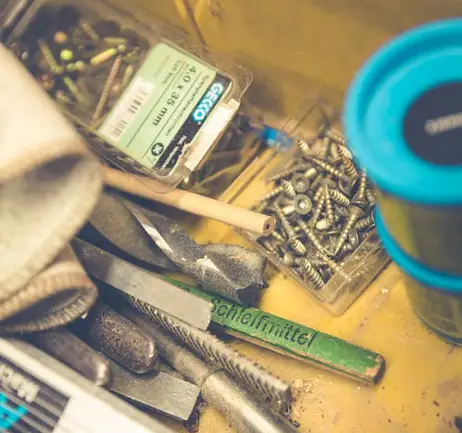
In the ’70s, many people worked on their own cars, often without the proper tools or safety precautions. Jacking up a car in the driveway with nothing but a rickety stand and crawling underneath was a common sight. Protective gear like gloves or goggles was rarely used, and spills of oil, gasoline, or other chemicals were just part of the job.
While DIY car maintenance saved money, it also came with serious risks. Accidents, burns, and exposure to toxic substances were frequent hazards. Today, specialized tools and better safety awareness have made repairs safer, but back then, it was all about resourcefulness—and maybe a little luck. It’s a testament to the “can-do” spirit of the era, even if it wasn’t always the safest choice.
Looking back at these trends, it’s clear the 1970s were a mix of freedom, creativity, and, frankly, some questionable decisions. While they reflect a time when people took risks without much thought, they also show how much society has learned and grown. For better or worse, these trends will always hold a special—and sometimes cringe-worthy—place in our memories.


